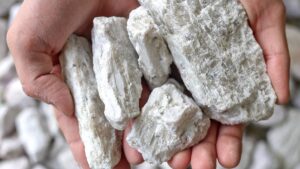Here’s why ASX-listed Ioneer is the frontrunner in the US bid to inject lithium into its EV supply chain

Pic: ImageSource/ImageSource via Getty Images
The Australian lithium developer taking a leading role in Joe Biden’s vision to develop a US electric vehicle supply chain is looking forward to a transformational 2023 as it moves towards an investment decision on only the country’s second lithium mine.
Ioneer (ASX:INR) has signed binding offtake agreements with battery JVs including two of the world’s largest carmakers in Ford and Toyota for its Rhyolite Ridge project, a near US$500 million equity investment from one of the world’s biggest mining houses, and moved to the final stage of the approval process, further than any US mine under development.
Managing director Bernard Rowe tells Stockhead Rhyolite Ridge is not only of significance to its shareholders, but of strategic importance to the world’s largest economic power.
With a population of over 300 million, the United States is the world’s second largest car market and one of its largest energy producers and users.
Yet its carmakers remain almost entirely reliant on China for battery materials at a time when they are making multi-billion shifts to electric vehicle production.
“It’s extremely important and that’s why we’ve been able to secure bankable binding offtake agreements with both Ford and Toyota through their respective joint ventures.” Rowe said.
“And again, to put it into perspective, the United States produces about 5000 tonnes of lithium chemicals per year from one operation at Silver Peak in Nevada.
“By the end of this decade or early into the 2030s, the US is probably going to need somewhere between 600,000t and 1Mt of lithium chemicals to meet its targets for electrification of transport.
“Not all of that is going to come from domestic sources, certainly a lot of it is going to have to be imported from elsewhere.
“However, there is a need and a desire by both the end users, the auto OEMs, and the government that a portion of that supply should come from domestic supplies.
“Rhyolite Ridge really is one of only a couple of lithium projects in the United States that could be producing tens of thousands of tons of lithium chemicals this decade.
“So it’s very, very important, and it’s going to play a really key role in the development of the full domestic supply chain.”

A unique ore body
So what is Rhyolite Ridge and why is it so important?
Located in Esmerelda County in Nevada, the deposit is the largest known deposit of lithium and boron in North America.
Geologically it is almost entirely unique. Only one similar deposit of this scale exists anywhere in the known world – the Jadar deposit in Serbia owned by Rio Tinto.
Around 50% of the world’s lithium chemicals currently originated in Australia as spodumene, a mineral extracted from a hard rock in the WA outback known as a pegmatite.
Roughly the other half comes from brine deposits, dehydrated lithium salts extracted from deep lithium rich aquifers in Argentina and Chile.
Rhyolite Ridge on the other hand is a searlesite sedimentary deposit rich in boron, a key co-product of the future mine.
“They’re boron deposits just as much as they are lithium deposits and the boron can actually be a much higher quantity in the rock compared to the lithium, but the lithium is of much higher value,” Rowe said.
“These are very rare deposits, these large lithium and boron deposits that have the quantities that we’re talking about here where you can be producing.
“In our case, it’s over 20,000 tonnes of lithium carbonate a year and then 170,000 tonnes plus of boric acid.”
It is a sedimentary style of deposit, which means the lithium and boron have been deposited at the bottom of a lake bed that has drained and been dry for millions of years.
In a way it is a perfect marriage of the hard rock and brine methods.
Like spodumene deposits, ore is extracted via conventional drill and blast methods, a far quicker route to production than evaporative brines.
On the other hand the final product won’t be a mineral concentrate like spodumene, but a final, 99% pure lithium carbonate, produced without the high, energy intensive conversion costs hard rock miners will carry.
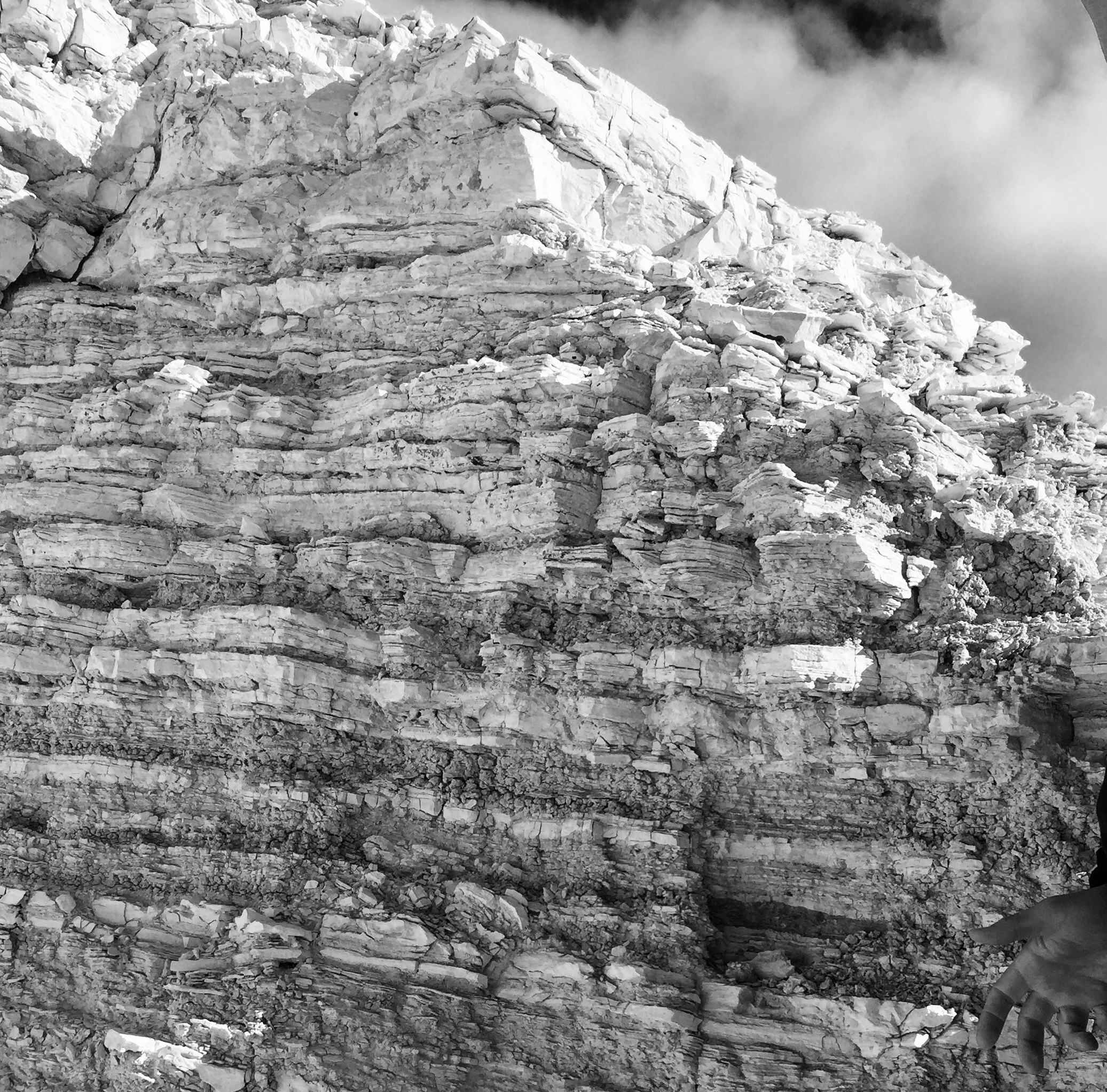
Security of supply
According to a study in April 2020, Rhyolite Ridge will produce 22,000t of lithium carbonate and 174,000t of boric acid a year, with the added environmental benefits of no evaporation ponds or tailings dams.
The majority of on-site power will be delivered through CO2 free means, with low greenhouse gas emissions.
It is little wonder that a mine of this scale and potential environmental benefit would draw the attention of mining majors.
In the end it was Sibanye-Stillwater, the world’s largest primary platinum producer, second largest palladium producer and third largest gold producer, which saw Ioneer as the perfect vehicle to diversify into lithium.
Sibanye will eventually take a 50% stake in the development by contributing the US$490m equity component to the project, and has already invested US$70m directly into Ioneer for a 7.1% stake in the ASX-listed company.
Ioneer will remain the manager of the Rhyolite Ridge JV.
The other component of the funding is hoped to be a low cost loan, which is currently being sought from the US Department of Energy.
After entering the third of four stages in the Loan Programs Office process a year ago, Rowe says the DOE spent most of 2022 completing due diligence on the project and that a final decision on the loan application is expected in the near term.
Debt funding – advised by Goldman Sachs – is one of three major triggers for an FID on Rhyolite Ridge.
Ioneer also expects to update its bankable feasibility study, completed almost three years ago, with additional drilling and refreshed capital and operating cost estimates expected to factor into the update.
Lastly but importantly, there is permitting. Ioneer received a shot in the arm on that front after the US Bureau of Land Management published the Notice of Intent for Rhyolite Ridge in late December.
It will move Ioneer into the final stage of permitting, with a record of decision expected in the first quarter of 2024.
Similar to the public environmental review process for mining projects in WA, it is the first lithium mine under the Biden Administration to make it this far into the process.
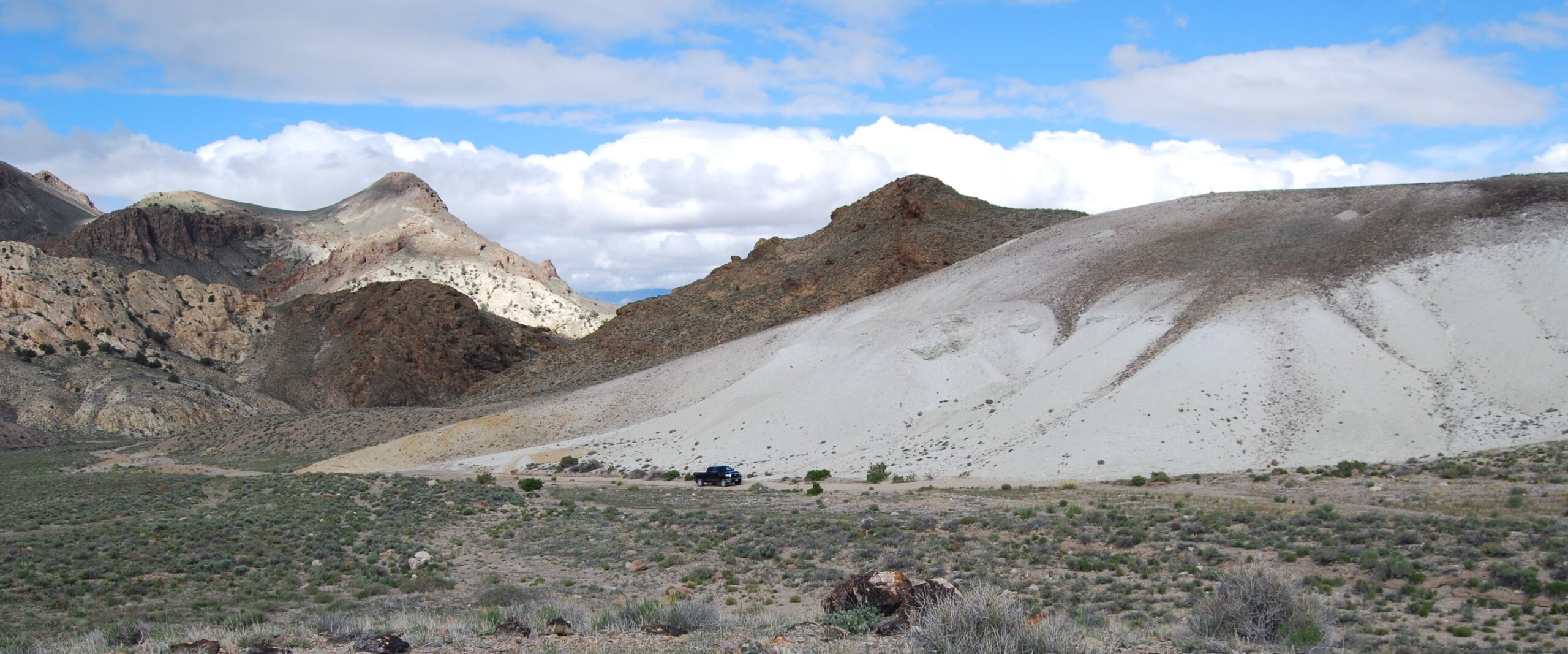
Leading project
Projects like Rhyolite Ridge will be incentivised by the Biden Administration’s Inflation Reduction Act, a law that will provide subsidies for materials in the battery supply chain produced on US shores and through its trading partners.
This will ultimately make electric vehicles produced with lithium from mines like Rhyolite Ridge cheaper for consumers, Rowe says.
“If that supply chain is entirely within the United States, then those cars are ultimately going to be cheaper because the government is incentivising domestic production,” he noted.
Goldman Sachs reckons the IRA could lower the domestic battery cost curve in the States by around US$45/kWh.
“That’s going to make those cars more attractive for the consumer and there is a very limited number of lithium projects that could be producing significant quantities of lithium for the remainder of this decade.
“Rhyolite Ridge is probably the leading project in that regard.
“We have equity funding from our partner Sibanye, we have our offtakes in place with Ford and SK through the BlueOval JV and Toyota and Panasonic through the Prime Planet JV.
“We have two out of three permits. And (this week) we’ve heard that the third permit is now into its final stage through the NEPA (National Environmental Policy Act) process.
“So we have many of the things that are required in order to move this project into production are already in place.”
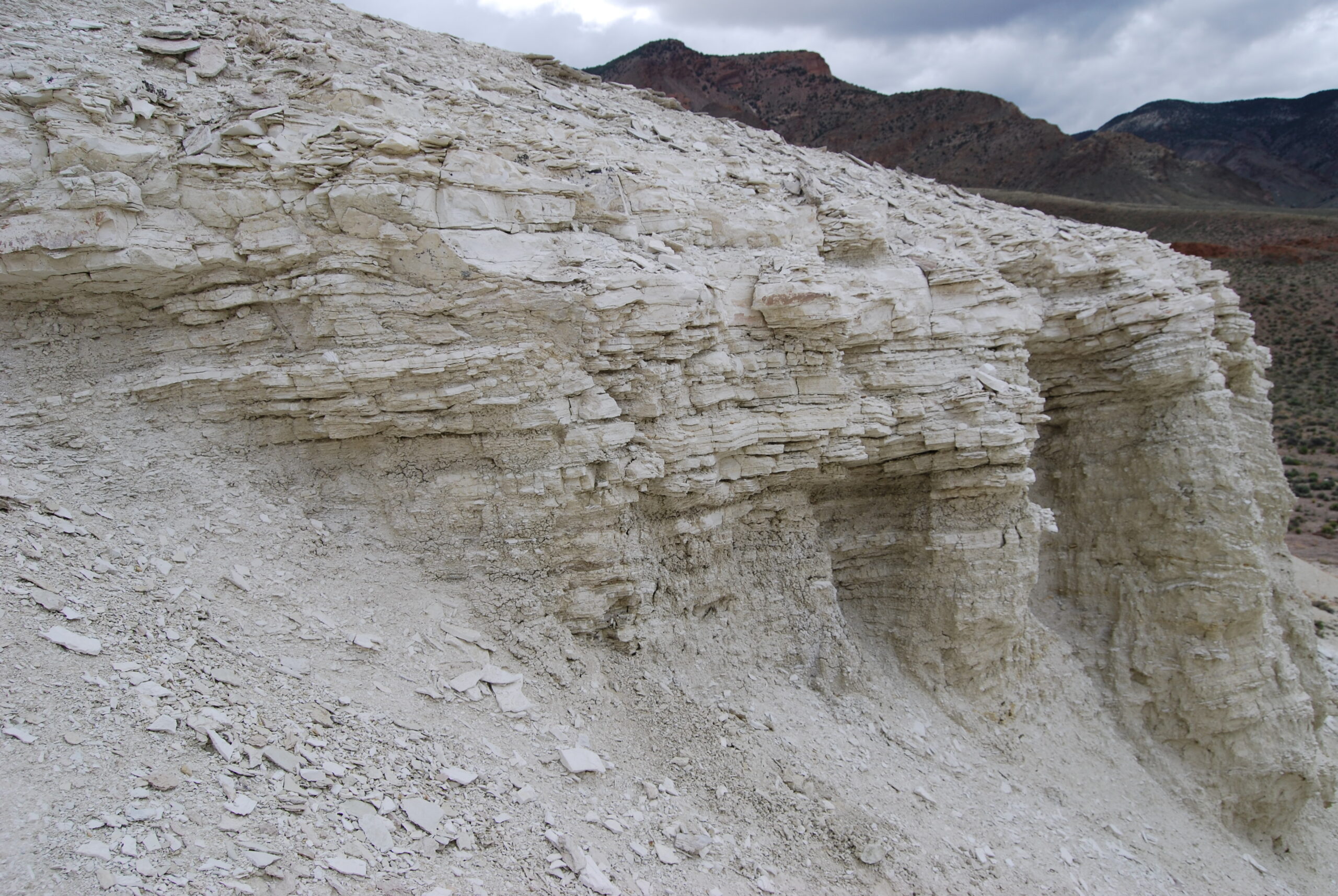
Tiehm’s Buckwheat
One of the key matters that will be addressed through the NEPA process is the Tiehm’s Buckwheat.
The rare flowering plant is endemic to the Silver Peak Range of Esmeralda County.
A population of the Tiehm’s Buckwheat grows on the western edge of the Rhyolite Ridge deposit, and the plant was last week listed under the Endangered Species Act by the US Fish and Wildlife Service.
Critical habitat was declared for 900 acres around the plant, something Rowe says is exactly what Ioneer was expecting.
“We’ve been working closely with Fish and Wildlife over the last couple of years not only on protection of the buckwheat under the Endangered Species Act, but we’ve actually been working with them on research so that we better understand what’s the best way to ensure the conservation and long term survival of the plant,” Rowe said.
It is important to note Tiehm’s Buckwheat does not grow over the Rhyolite Ridge deposit, only on its western edge where drilling initially began.
Rowe says mining will now start on the southern end of Rhyolite Ridge, with no disturbance to the buckwheat or its habitat.
“We could completely avoid needing to move any of the buckwheat at any time not just now but into the future as well,” he said.
“The core part of our strategy was avoidance, don’t touch the buckwheat, don’t move the buckwheat. And that’s easy enough for us to do because the buckwheat only grows on the western edge of the deposit, not over the deposit.”
He says indirect impacts like dust and weeds will be mitigated with control measures successfully used throughout the mining industry.
“The importance of last week’s announcement was we now know exactly what that critical habitat looks like, it’s been confirmed, it was as we expected, but now it’s been confirmed,” Rowe said.
“We can move ahead knowing that’s the area that we need to minimise our impact within and that’s not an issue for us.”
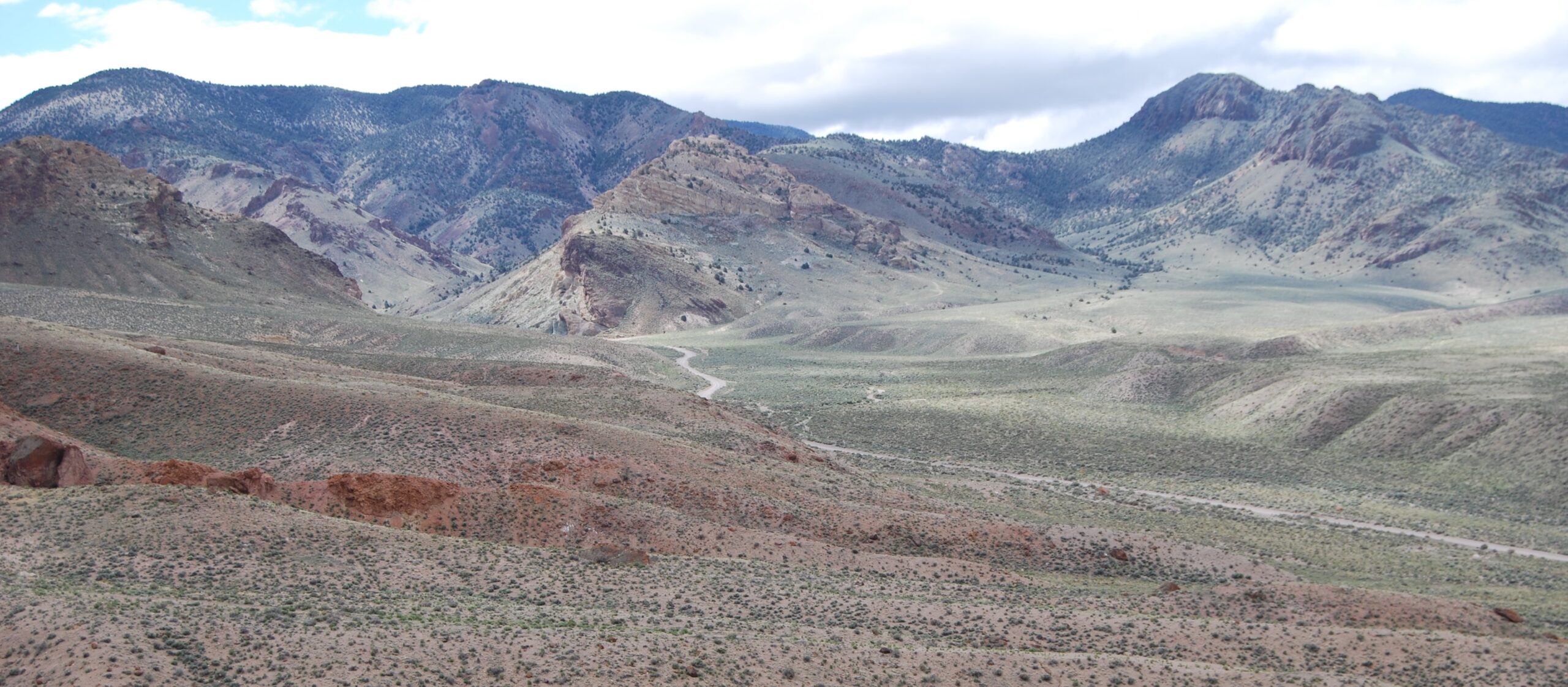
On track for 2026 production
With the NEPA process now having close to a definitive timeline, Ioneer can have a degree of clarity on its own pathway to becoming a lithium producer.
“We’ve got a 24-month build period,” Rowe said “And so our best estimates are that we would be in commercial production at some point during 2026.”
It looms as a major inflection point for the lithium market.
Currently trading on the spot market at around US$80,000/t, analysts think prices could come down to still elevated levels in the next year or two.
But with OEMs having increasingly ambitious EV production targets from the middle of the decade onwards – many will not make new internal combustion engine cars at all from 2030 – it is difficult to see lithium supply keeping up with demand.
The North American supply chain will be a key aspect of the necessary supply response.
“These long supply chains coming from Australia and China and South America all involve very long transportation distances, and there are security issues and carbon footprint issues around those long supply chains,” Rowe said.
“And then there’s the job creation aspect. It’s clear that the Biden Administration wants domestic jobs created around the energy transition and the electrification of transportation.
“To do that you need the raw materials to be sourced domestically.
“And so Rhyolite Ridge is extremely important … and it’s going to be one of the few projects that meets the criteria for these tax incentives, the stimulus that’s being provided under the Inflation Reduction Act.”
This article was developed in collaboration with Ioneer, a Stockhead advertiser at the time of publishing.
This article does not constitute financial product advice. You should consider obtaining independent advice before making any financial decisions.
Related Topics

UNLOCK INSIGHTS
Discover the untold stories of emerging ASX stocks.
Daily news and expert analysis, it's free to subscribe.
By proceeding, you confirm you understand that we handle personal information in accordance with our Privacy Policy.

